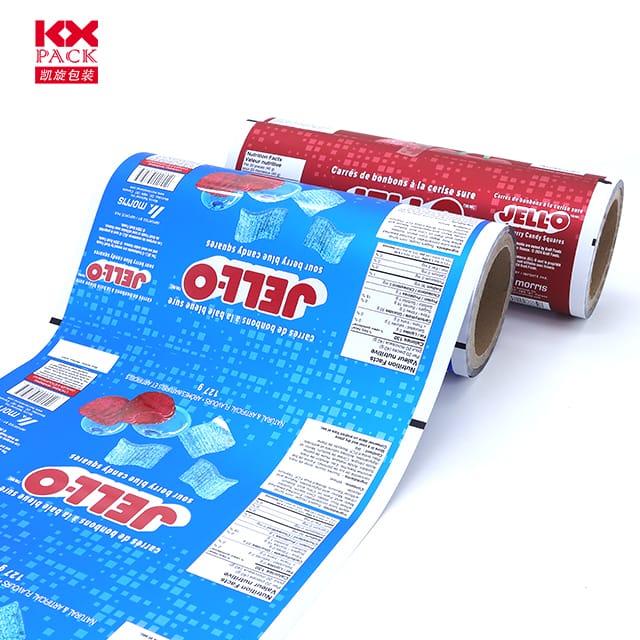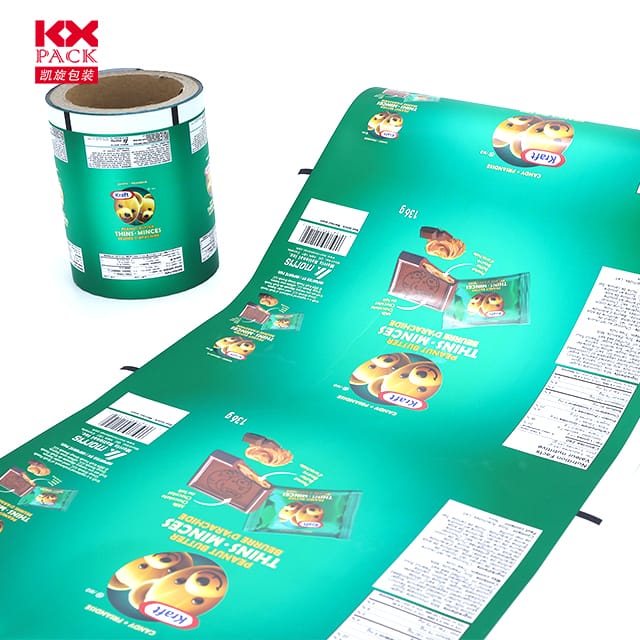فيلم التعبئة البلاستيكية: ابتكار, الاستدامة, and the Future of Packaging
فيلم التعبئة البلاستيكية
In an era where convenience meets environmental consciousness, plastic packing film has become a ubiquitous yet controversial component of modern life. From wrapping fresh produce to sealing electronics, this versatile material plays a critical role in preserving quality, تمديد مدة الصلاحية, وتقليل نفايات الطعام. لكن, its widespread use has also sparked debates about plastic pollution, recycling challenges, and the need for sustainable alternatives. Let’s explore the evolving landscape of plastic packing film, its innovations, and the path toward a greener future.
The Role of Plastic Packing Film in Modern Society
Plastic packing film—often made from polymers like polyethylene (PE), البولي بروبيلين (ص), or polyvinyl chloride (بولي كلوريد الفينيل)—is prized for its flexibility, الشفافية, وخصائص الحاجز. It protects goods from moisture, الأكسجين, والملوثات, ensuring products reach consumers in pristine condition. Industries ranging from food and beverage to pharmaceuticals and logistics rely on it daily.
على سبيل المثال, modified atmosphere packaging (MAP) films extend the freshness of meats and vegetables by regulating gas exchange, while shrink wrap films secure pallets during transportation. Even e-commerce giants depend on durable plastic films to safeguard fragile items during shipping.
المعضلة البيئية: الراحة مقابل. الاستدامة
على الرغم من فوائدها, traditional plastic packing film poses significant environmental risks. Single-use plastics often end up in landfills or oceans, where they take centuries to decompose harming wildlife and ecosystems. البلاستيك microplastics, resulting from the breakdown of these films, have infiltrated water supplies and even human food chains.
Consumers and governments are increasingly demanding action. Regulations like the EU’s Single-Use Plastics Directive and corporate sustainability goals (على سبيل المثال, Amazon’s Frustration-Free Packaging) are pushing brands to rethink their packaging strategies.
الابتكارات التي تقود التغيير
The packaging industry is responding with cutting-edge solutions to balance functionality with eco-friendliness:
- أفلام قابلة للتحلل وقابلة للسماد
Materials derived from plant-based sources (على سبيل المثال, polylactic acid or PLA) and biodegradable polymers (على سبيل المثال, PBAT) are gaining traction. علامات تجارية مثل يكتب offer compostable films that break down within months under industrial composting conditions, mimicking the lifecycle of organic waste. - Recycled Content Films
Post-consumer recycled (PCR) plastics are being incorporated into packing films, تقليل الاعتماد على المواد البكر. شركات مثل Dow و ExxonMobil are investing in advanced recycling technologies to transform plastic waste into high-quality films. - Edible Packaging
Pioneering startups are experimenting with edible films made from seaweed, نشا, أو البروتينات. Products like Ooho! water pods and WikiCells fruit coatings aim to eliminate packaging waste entirely, though scalability remains a challenge. - Smart and Active Packaging
Films embedded with sensors or oxygen scavengers can monitor food freshness in real time, reducing spoilage. على سبيل المثال, Insignia Technologies develops time-temperature indicators that change color to signal product degradation.
The Challenge of Recycling Plastic Packing Film
While recycling is a key part of the solution, plastic films face unique hurdles. Thin, خفيف الوزن, and often contaminated with food residues or adhesives, they are difficult to process in standard recycling facilities. Many municipalities exclude them from curbside programs, مما يؤدي إلى انخفاض معدلات إعادة التدوير.
Industry initiatives like theWrap Recycling Action Program (WRAP) in the U.S. aim to improve collection systems for plastic films. Retailers such asTarget وWalmart now provide drop-off bins for clean plastic bags and wraps, diverting them from landfills.
Consumer Behavior and the Power of Choice
Shifting to sustainable packaging requires not just technological innovation but also changes in consumer habits. Shoppers can drive demand for eco-friendly options by:
- Choosing products with minimal or recyclable packaging.
- Reusing plastic films for storage or DIY projects.
- Supporting brands that prioritize circular economy models.
Education campaigns, يحبPlastic Free July, also raise awareness about the impact of plastic waste and encourage small, actionable steps.
The Future of Plastic Packing Film: A Circular Vision
The ideal future for plastic packing film lies in a closed-loop system where materials are reused, معاد تدويره, or composted endlessly. Advances in chemical recycling—which breaks down plastics to their molecular components for remanufacturing—could make this vision a reality.
في أثناء, collaboration across industries, الحكومات, and consumers is essential. Initiatives like theNew Plastics Economy Global Commitment unite over 500 organizations to eliminate problematic plastics and innovate toward 100% قابل لإعادة الاستخدام, قابلة لإعادة التدوير, أو التغليف القابل للتسميد بواسطة 2025.
استنتاج
Plastic packing film is at a crossroads: a vital tool for preservation and protection, yet a symbol of our global plastic crisis. The path forward demands innovation, infrastructure investment, and collective responsibility. By embracing sustainable materials, improving recycling systems, and making conscious choices, we can ensure that plastic packing film serves its purpose without compromising the planet.
What steps are you taking to reduce plastic waste in your daily life? Share your tips in the comments below!





